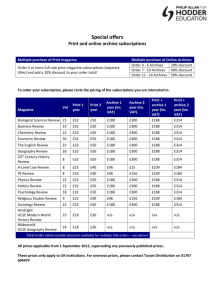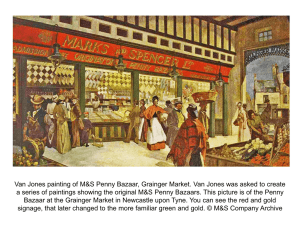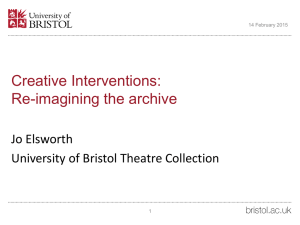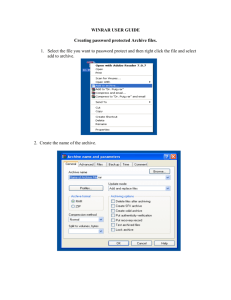Cognos 8 Best Practices
advertisement
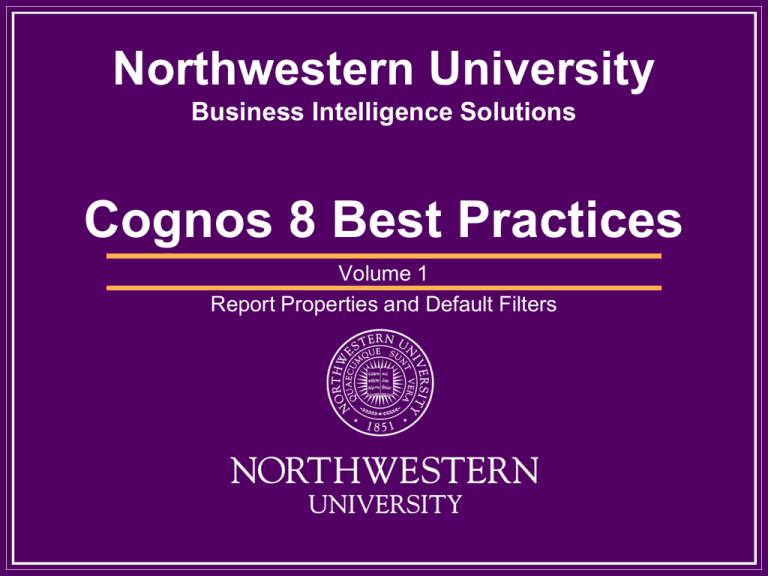
Northwestern University Business Intelligence Solutions Cognos 8 Best Practices Volume 1 Report Properties and Default Filters Report Properties General Properties Report Name and Description Report Archive Source Package General Properties Owner should be set to either the report developer, or a user with credentials to run a report. Contact should be report developer or user in charge of handling communication about the report. This can be either a user in the new LDAP or just an email in the current environment. Report Name and Description Name should be robust enough to let the user know what the report is. A good rule of thumb is to use the title in the report. Description allows for the most verbose text that describes exactly what the object is and does without having to run the report or open it in report studio. Screen tip gives a more descriptive pop-up when mouse is hovered over object icon. Report Archive You can set how many archive copies of a report to keep. The multiple page icon in the actions will take you to the archive list. The list will display up to the maximum amount of archives as set in the properties page. Archives can be set based on number of versions or length of time. Report Run Properties Report Run Defaults Prompt Values Run as Owner Report Run Defaults Select the action when clicking on the report name. Whether the report will be run, the last archive will be shown (if exists), or the report will be opened in Report Studio. Select the Default run options if different than the standard HTML. Default Rendering type, whether PDF, HTML, Excel, XML, and CSV. Set the paper orientation and paper orientation for the render of PDF or HTML. Prompt Values and Run as Owner This section allows you to setup default run options. These options will be used when the report name is clicked on directly and will be the default values when Run with Options is clicked on in the Action bar. If you click on edit, it will bring up the prompt screens and save the settings. Leave this unchecked to use default prompts for default run actions. This setting determines what credentials to run the report under. This can be set to run as the owner if they have access to a set of data that the standard report user doesn’t. This way they can still access certain reports without getting access to the whole data set. This can’t be overridden by the user. Report Permissions The final tab is where permissions are set for the report object. Let’s go over what each setting allows or denies. Groups Granted/Denied Permissions for Group Report Permission Settings Read Grant allows the user to read archived versions. Write Grant allows the user to write reports into the archive. Execute Grant allows the user to run the report. Set Policy should not be granted to a user. It allows to change the report settings. Traverse allows the user to move through the object if it is used by other reports they have execute access to. Deny explicitly takes away these rights even if the user is in another group that allows the grant. Good if you have a report group for a larger department but want to exclude office personnel from seeing sensitive report in that set.


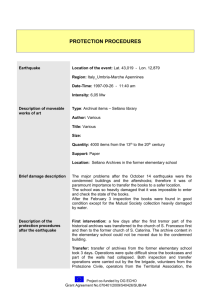
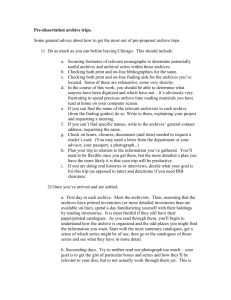

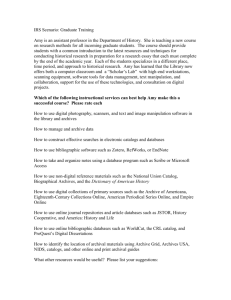
![University Archive Rules and Visitor Book [Word]](http://s3.studylib.net/store/data/007461955_1-a66c84ca7724fc8dd4fb6b700fffcb7c-300x300.png)
